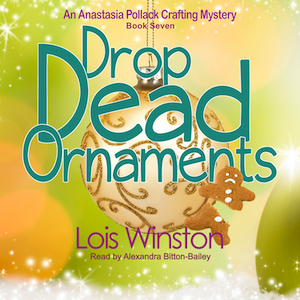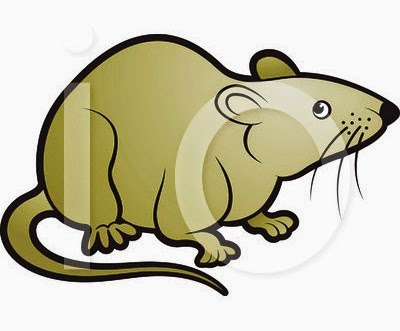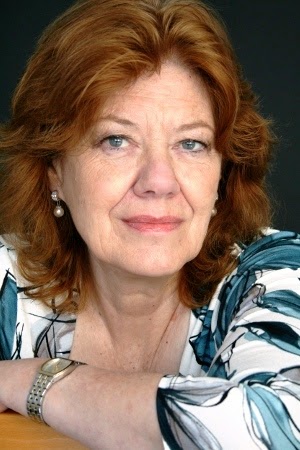Stop! You’re Hurting My Eyes!
By Lois Winston
One day when my oldest son was two years old, I was singing to him in the car when he covered his ears with his hands and cried, “Stop singing, Mommy. You’re hurting my ears.”
It turns out he was born with perfect pitch, while I was saddled with two tin ears. Ever since I failed to make the cut when I auditioned for the elementary school talent show, I’ve known my singing leaves quite a lot to be desired. I’m no Taylor Swift or Beyonce. Never was and never will be. I wouldn’t even qualify as a backup singer for a third-rate tribute band. However, I never realized until that moment just how off-key I was.
 Lately, I’ve felt the urge to rant at car manufacturers for hurting my eyes the way my singing had hurt my son’s ears. Have you noticed the garish colors of so many new cars? Some are the equivalent of chalk on a blackboard, shrieking and shrill, while others can only be described as homages to the scatological. What were they thinking? We’re living in a world that bombards us 24/7, causing us to yearn for anything soothing, whether it’s soft clothing, comfort foods, or escapist fiction.
Lately, I’ve felt the urge to rant at car manufacturers for hurting my eyes the way my singing had hurt my son’s ears. Have you noticed the garish colors of so many new cars? Some are the equivalent of chalk on a blackboard, shrieking and shrill, while others can only be described as homages to the scatological. What were they thinking? We’re living in a world that bombards us 24/7, causing us to yearn for anything soothing, whether it’s soft clothing, comfort foods, or escapist fiction.
The psychology of color is big business. Color experts get paid big bucks to determine which colors should be used in everything from clothing to home décor to appliances to automobiles. If you’re old enough to remember the sixties (or have a penchant for anything mid-century modern), you know that harvest gold and avocado green were the two colors that reigned supreme back then. Do you think it was a coincidence that your mother’s appliances matched your father’s station wagon? Those color choices were dictated by people deemed authorities in the field.
 Has psychology done an about-face? If the screaming oranges, greens, and yellows aren’t bad enough, the other group is awful in another way. I really don’t want to drive around in a vehicle that reminds me of the last time I changed a diaper or hovered over the porcelain throne with stomach flu.
Has psychology done an about-face? If the screaming oranges, greens, and yellows aren’t bad enough, the other group is awful in another way. I really don’t want to drive around in a vehicle that reminds me of the last time I changed a diaper or hovered over the porcelain throne with stomach flu.

I wish some knowledgeable person would tell me what in the world were these so-called experts thinking. I’m flummoxed.
How about you? What do you think about the colors of automobiles you see on the roads lately? Post a comment for a chance to win a promo code for a free download of the audiobook version of Drop Dead Ornaments, the seventh Anastasia Pollack Crafting Mystery.
~*~
USA Today and Amazon bestselling and award-winning author Lois Winston writes mystery, romance, romantic suspense, chick lit, women’s fiction, children’s chapter books, and nonfiction under her own name and her Emma Carlyle pen name. Kirkus Reviews dubbed her critically acclaimed Anastasia Pollack Crafting Mystery series, “North Jersey’s more mature answer to Stephanie Plum.” In addition, Lois is a former literary agent and an award-winning craft and needlework designer who often draws much of her source material for both her characters and plots from her experiences in the crafts industry. Learn more about Lois and her books at her website www.loiswinston.com where you can also sign up for her newsletter and follow her on various social media sites.



